This is an opportunity for the conservation community to reflect on how to provide equitable access to green spaces.
From the beginning, nature has been an integral part of me, nourishing my body and mind.
I grew up on our family farm in the hills of Cuenca, Ecuador, where we relied on our crops and livestock for sustenance. When my family immigrated to North Carolina, I developed a fondness for climbing trees, looking for salamanders, and reading and napping by the creek that ran behind our house, dreaming of my days back in Ecuador. Seventeen years ago, I ventured to San Francisco to study conservation biology. There’s no other place like the Bay Area, where we celebrate diversity in every sense of the word: people, culture, beliefs, flora, and landscapes. Here, access to nature is just as essential for my wellbeing as it was in my childhood. Exploring the outdoors helps me clear my mind, reduce stress, and keep me fit.
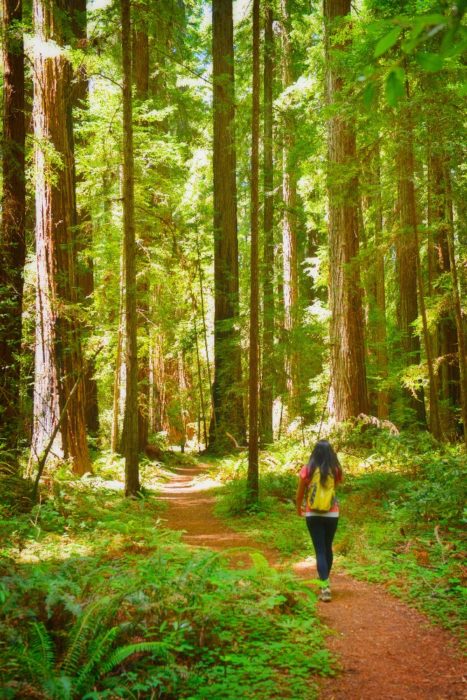
Parks and public lands are essential to us all
In mid- to late March, when the coronavirus hit our communities hard, and California Gov. Gavin Newsom’s shelter-in-place order slowed our daily lives to a crawl, an interesting thing happened: the masses visited parks at unprecedented levels.
From the North Coast to the Bay Area to Southern California, trails and beaches were suddenly flooded with visitors. It became clear that people felt the negative effects that staying indoors can have on our mental and physical health. Californians saw parks for the refuge that they are meant to be—places to find connection, whether with our friends, our families, ourselves, or our environment.
A chance to reconnect with nature
Dealing with the coronavirus crisis includes doing our part to slow the disease’s spread by not congregating. This social distancing is a reasonable expectation. But when many California parks closed after a surge in visitation, it might have felt like we were being discouraged from enjoying the outdoors. Perhaps we can look at this as an opportunity instead. This is a chance to sharpen our senses and reconnect with nature at our own pace—without distractions.
As an urbanite with limited space, I can enjoy nature at Bernal Heights Park. When I get there, I instantly feel better. I breathe deeper as I notice the natural scenery and sounds around me. On a lucky day, I see a coyote and red-tailed hawks hunting gophers. From the top of the hill, I can see San Francisco, the Golden Gate Bridge, and Oakland on the other side of the Bay Bridge. I’m so grateful for this, but also I realize that not everyone has easy, safe, and walkable access to green spaces.
Nature is a remedy that should be equally accessible.
Everyone is affected by this global crisis. But I feel for the marginalized communities in particular—those who may face even higher levels of stress related to unemployment, the pressure to make rent, challenges in accessing food and health care, and locating resources to homeschool children.
Many of these communities rely on family and youth services that provide places of belonging such as affinity groups, after-school programs and mothers’ groups. Because of cancelled programs, some youths are going to lose their only opportunity all year to visit a state park or open space with their friends. Now, more than ever, these communities need the outdoors; they are dealing with extreme challenges that affect their health, and nature is a remedy.
Another issue on my mind is how the economic fallout of the pandemic will impact community-based and grassroots organizations that may not be able to weather this crisis. Such organizations are critical for healthy communities. They’re also crucial partners in realizing the League’s outreach goals of diversifying park visitors and creating meaningful experiences for new audiences.
How can we ensure all Californians have access to green spaces?
Right now so much remains uncertain. This moment of stillness is a chance for the conservation and public lands management communities to consider how we can accelerate our work to ensure every Californian has access to parks.
How can we unite to make sure this pandemic doesn’t further increase equity gaps? What types of resources do we need to prevent that from happening? How can we join forces with new partners, including environmental justice and advocacy groups, that share our goals?
By aligning our resources and strengths, we can more effectively foster healthy communities and a healthy environment. Californians have spoken; parks and public lands are essential to us all.

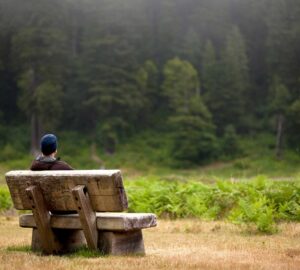
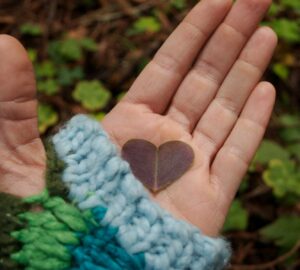
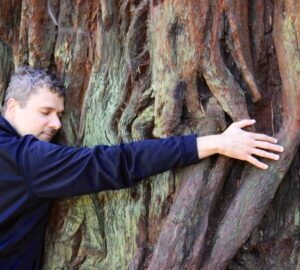
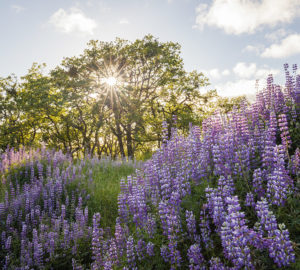
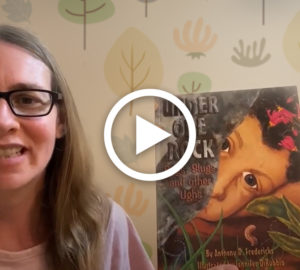
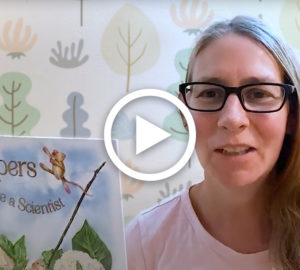
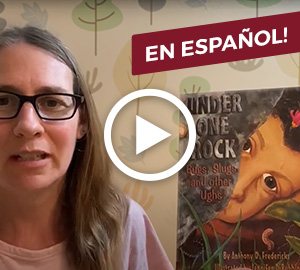
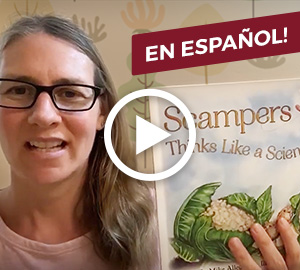
One Response to “During the Pandemic, Nature Heals Us”
Cecelia Crane
Beautiful! Thank you, I am in South Lake Tahoe, although our parks are gated closed, we can still use smaller local state parks or secret trailhead (my hubby is a desolation wilderness federal volunteer Ranger) we are being careful, eco-friendly and safe, social distancing on our town’s many beautiful trails. We do love the Redwoods and have lived many years in the San Francisco Bay Area!!! I am sending this to my adult attempting kids in the Southeast who also love the Redwoods, blessings